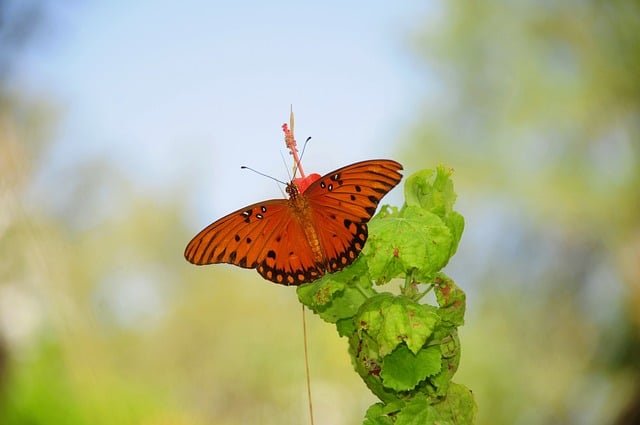Choosing the right wine cooler is essential for any enthusiast seeking to preserve their collection’s integrity. This guide delves into the critical factors of temperature stability and humidity control, explaining their profound impact on wine’s aging process and ultimate taste profile. Understanding these elements is the first step to becoming a proficient collector.
The Science of Temperature Stability
Consistent temperature is the single most important factor in wine storage. Fluctuations cause the liquid to expand and contract within the bottle, which can push the cork out slightly, allowing oxygen to seep in. This oxidation process prematurely ages the wine, leading to a loss of aroma, flavor, and complexity. The ideal storage range is between 45°F and 65°F (7°C and 18°C), with a sweet spot of 55°F (13°C) for long-term aging of most red and white wines.
Investing in a quality wine cooler with a reliable, compressor-based cooling system is non-negotiable for serious collectors. Unlike a standard refrigerator, which cycles on and off frequently and vibrates excessively, a dedicated unit maintains a steady temperature. This ensures your investment matures gracefully, developing the nuanced characteristics intended by the winemaker rather than deteriorating due to thermal stress.
The Role of Humidity and Light
While temperature is paramount, humidity plays a crucial supporting role. The recommended relative humidity level for a wine cellar is between 50% and 70%. This range keeps the natural cork from drying out and shrinking. A dry cork will fail to form an airtight seal, again permitting oxygen entry and spoilage. Conversely, excessive humidity can promote mold growth on labels and capsules, though this is less detrimental to the wine itself.
Light, particularly ultraviolet (UV) rays from the sun and fluorescent bulbs, is another silent enemy. UV radiation can degrade and prematurely age wine by creating volatile compounds that lead to off-putting aromas, a phenomenon known as “light strike.” This is why many fine wines are bottled in darkly tinted glass. Modern wine storage solutions, including quality wine coolers, feature UV-resistant glass doors and are designed to be kept in dark environments, shielding your collection from this invisible threat.
Ultimately, proper wine preservation hinges on controlling the environment. By prioritizing unwavering temperature stability through a dedicated cooler, maintaining adequate humidity, and eliminating light exposure, you actively participate in the wine’s evolution. This careful stewardship guarantees that when you finally uncork a bottle, it delivers the exquisite experience you patiently waited for.
